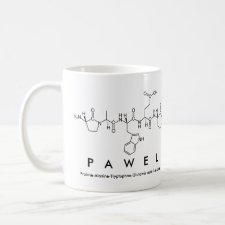
Authors: Stanley BJ, Szabelski P, Chen YB, Sellergren B, Guiochon G
Article Title: Affinity distributions of a molecularly imprinted polymer calculated numerically by the expectation-maximization method.
Publication date: 2003
Journal: Langmuir
Volume: 19
Issue: (3)
Page numbers: 772-778.
DOI: 10.1021/la020747y
Abstract: Affinity distributions are calculated from adsorption isotherm data obtained for the enantiomers of Land D-phenylalanine anilide (PA) on native and thermally annealed polymers molecularly imprinted with L-PA. The calculation is obtained with an iterative algorithm called expectation-maximization that does not require prior fit of the data to an isotherm model before inversion and thus yields a distribution indicative of the data only. The results show bimodal distributions, suggestive of a two-site model describing relatively selective and nonselective adsorption modes of the L-enantiomer and a corresponding unimodal/nonselective adsorption mode for the D-enantiomer. The nonselective adsorption region of the distributions exponentially decreases with increasing association constant, whereas the selective adsorption is Gaussian in appearance. The thermally annealed polymer exhibits altered affinity distributions that are somewhat less heterogeneous and more selective. Their selective sites have a lower saturation capacity than the native polymer. The capacity of the nonselective sites is inconclusive due to undersaturation of these lower energy sites, but it appears to be greater


Join the Society for Molecular Imprinting

New items RSS feed
Sign-up for e-mail updates:
Choose between receiving an occasional newsletter or more frequent e-mail alerts.
Click here to go to the sign-up page.
Is your name elemental or peptidic? Enter your name and find out by clicking either of the buttons below!
Other products you may like:
 MIPdatabase
MIPdatabase









